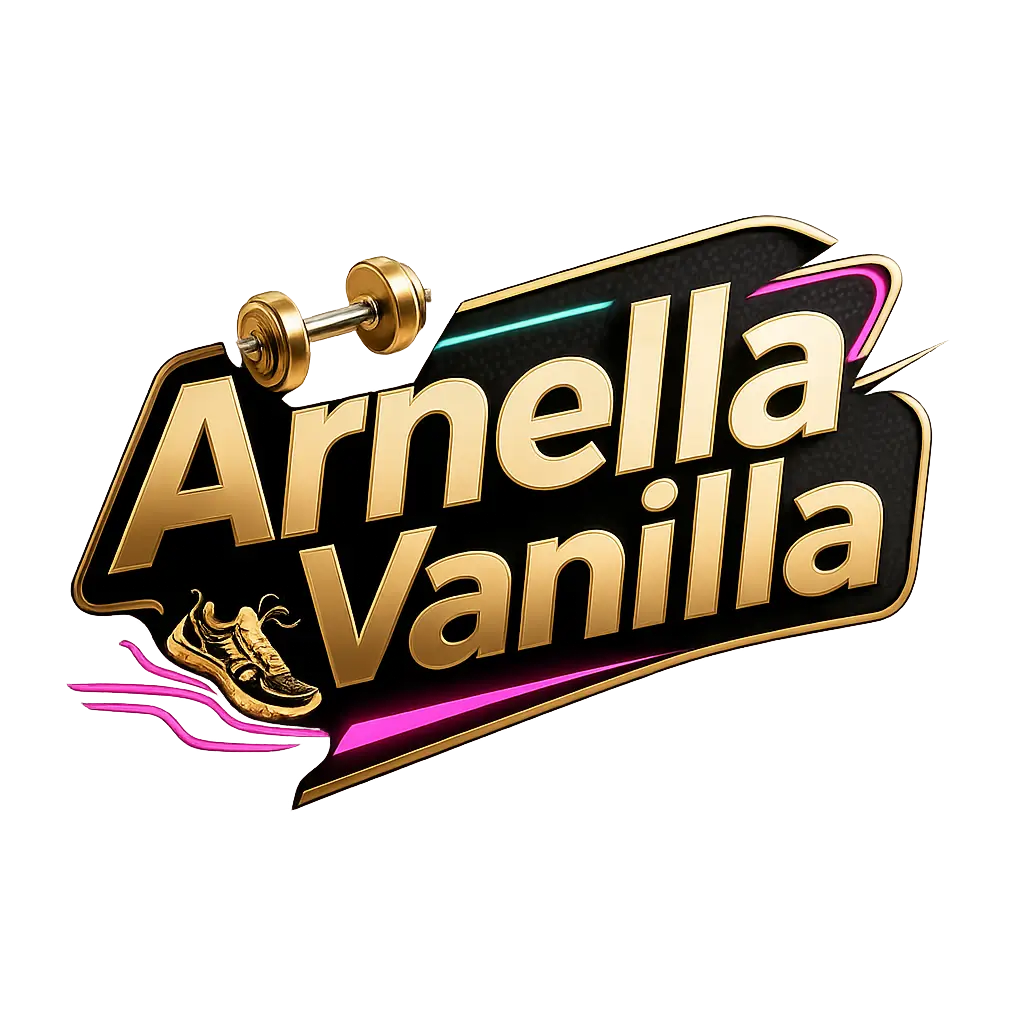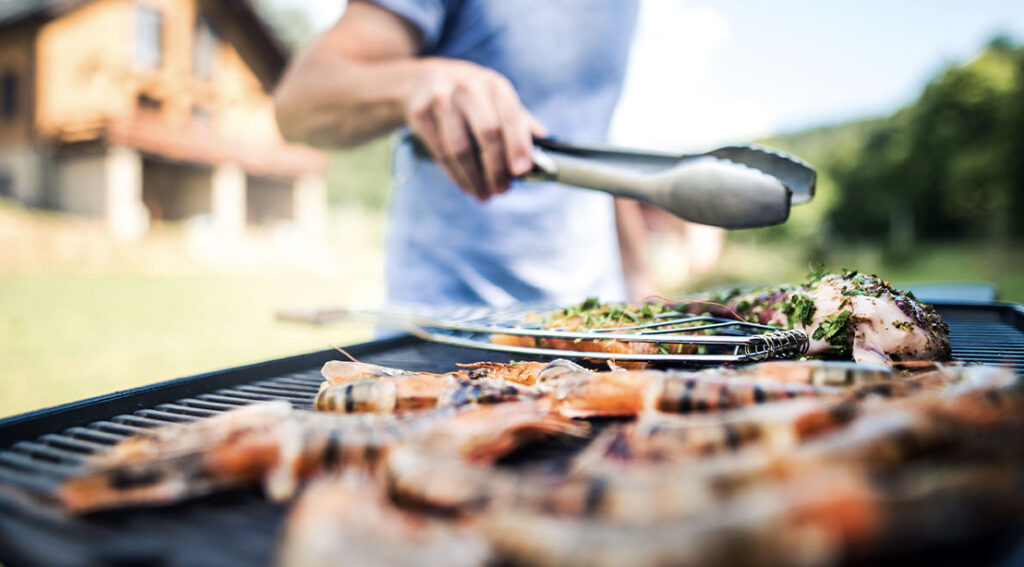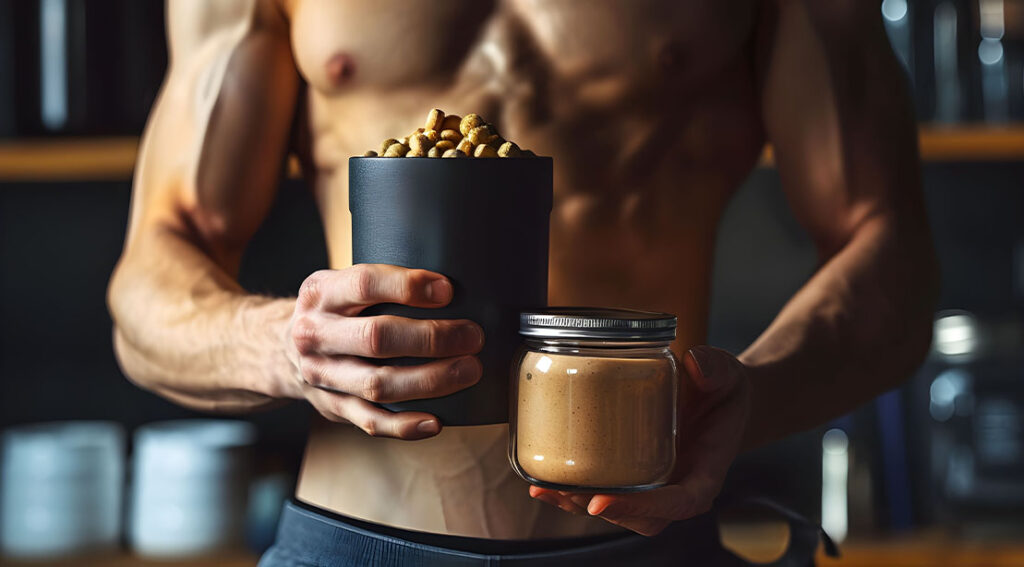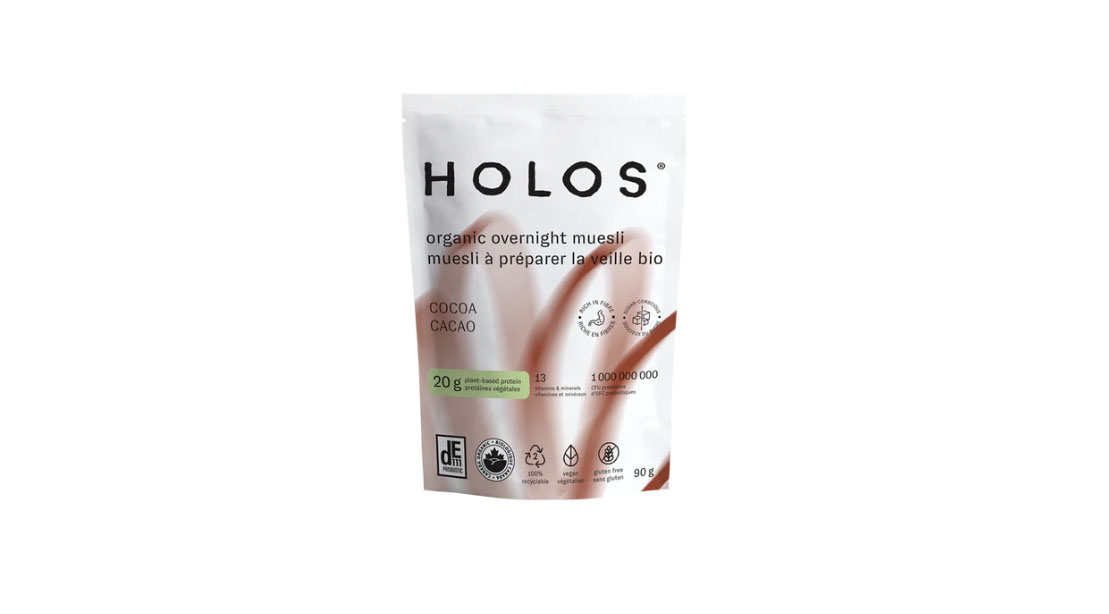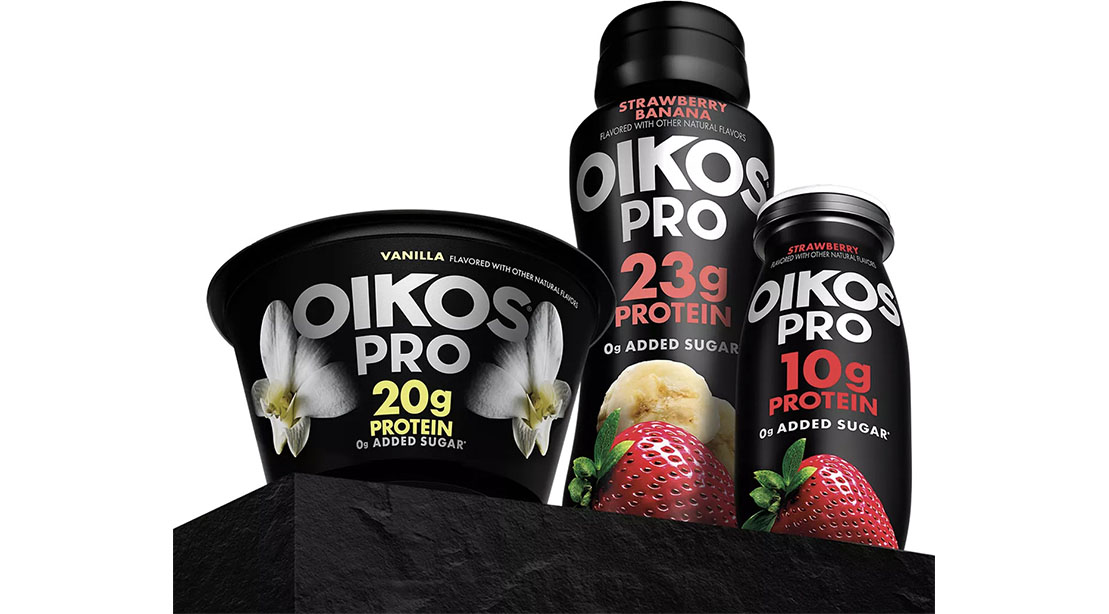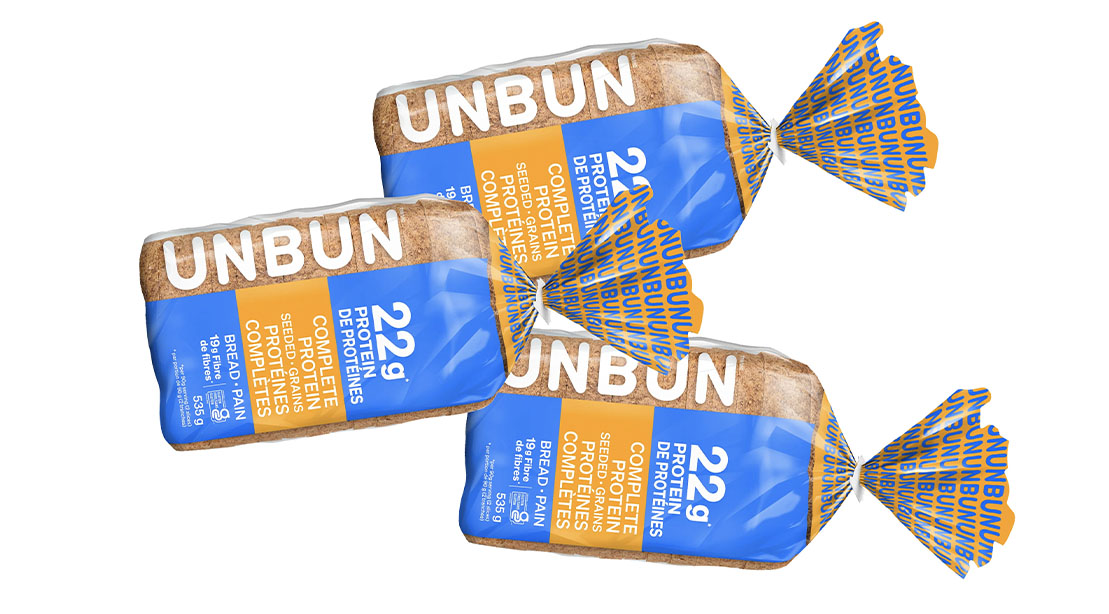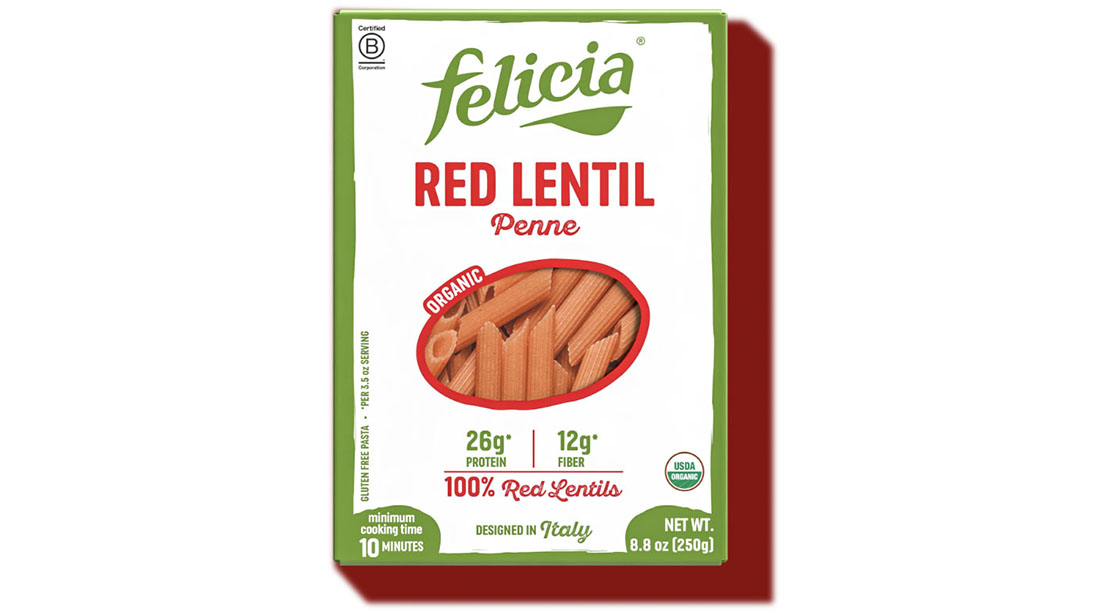High-Protein Foods That Are Great for Grilling: Top 4 Under-the Radar,
High-Protein Foods That Are Great for Grilling
Question: Is there anything that isn’t made better by the smoky sear of a grill? Answer: No!
I’ve always believed that if you can eat it, you can grill it. That’s why it’s a shame that when most people want to get primal by pursuing outdoor cookery they stick to the usual suspects. A grilled meal need not be limited to burgers and sausages.
For the sake of better taste and improved nutrition, it’s time to think outside the bun and look to your grill as an ultra-versatile cooking medium that is ready to prepare all sorts of food that can upgrade your summer meals. Your outdoor hot box deserves a bigger challenge than just another round of charred wieners doused in ketchup. And your health and waistline will benefit from going easy on the saucy ribs in favor of some more nutritious flame-licked foods.
Grab your tongs, folks. Here are four muscle-building foods to throw on the grill that aren’t business as usual.
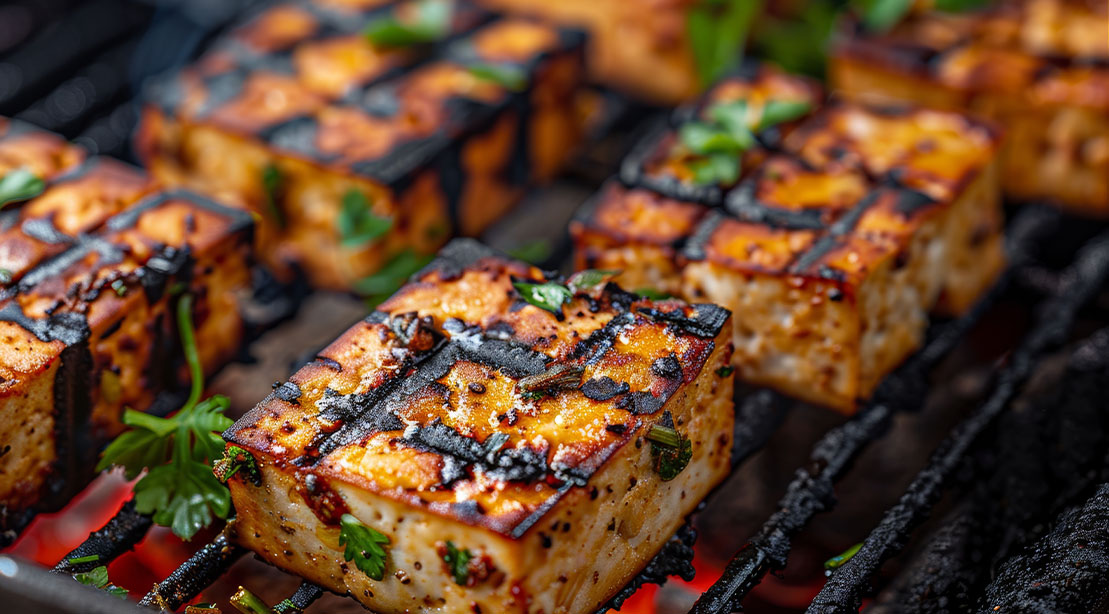
Tofu
When you want to look beyond animal flesh for the grill, consider reaching for a package of tofu. Yes, tofu. Grilling the slab of soy is a surefire way to make the plant-based protein taste, well, more meaty and flecked with tasty crispy grill marks. And because tofu is plant-based, you won’t have to fret about undercooking and the dangers that poses.
No need for a meat thermometer here. Don’t worry that swapping out your grilled steak for tofu will deflate your muscles. Most of the scientific evidence suggests that soy protein can help us pack on more muscle. A half package of extra-firm tofu gives you roughly 20 grams of good quality protein. Don’t overlook the results of studies showing that going bigger on plant-based proteins like soy can increase longevity by helping stamp out some of the biggest killers like heart disease. Depending on the coagulant used during production such as magnesium chloride (called nigari) or calcium sulfate, tofu supplies good amounts of these minerals, too.
How To Grill Tofu
The type of tofu you choose to grill is super important. Best to use extra firm tofu so that it holds together well over the flames. Other types of tofu will be too soft to place on your grill. But you’ll want to remove as much of the excess water in the tofu as possible so that it holds flavor and gets nice and crispy. Slice a block of drained tofu along its width into 2 slabs. Line a cutting board with a couple of sheets of paper towel. Top with tofu pieces and a couple more sheets of towel.
Press gently to extract excess liquid. Brush both sides with oil and season with salt and pepper. You can also season the slabs with other flavorings such as curry powder or za’atar. Marinading the pressed tofu slabs like you would meat for several hours before grilling is also acceptable. Grill tofu over medium-high heat on preheated greased grill grates until golden and grill marks appear, about 4 minutes per side. Give the tofu a 90-degree turn halfway through cooking each side to produce a nice cross-hatch pattern. You can slice the grilled tofu to add to salads or tacos.
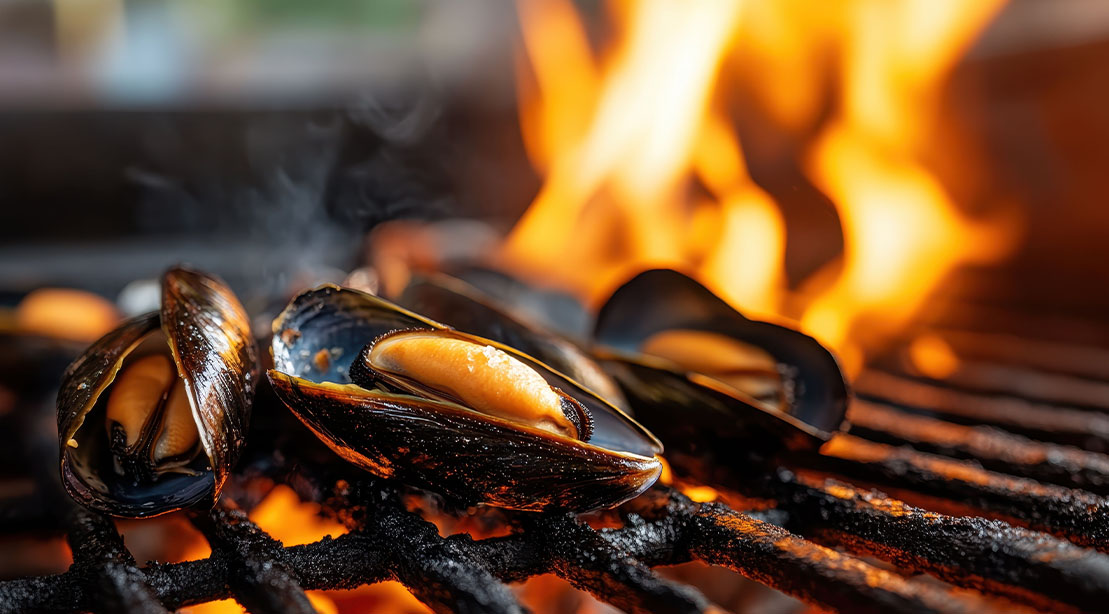
Mussels
Burnt out, so to speak, on all your go-to grilled meats? Mussels to the rescue. When briny meets smoky magic happens. You’ll be amazed just how easy and fast these inexpensive shellfish are to cook in the great outdoors minus the need to fret about your pricey cut of fish sticking to the grill grates like superglue.
Plus, by taking your seafood outside you avoid making your kitchen waft of high tide. And it’s good to know that mussels are a nutritional treasure trove with high amounts of protein (I’ll spare you the mussels for muscles pun here), heart-benefiting omega fats, and a range of must-have micronutrients including selenium, vitamin B12, and iron. Yes, they are one of the most nutrient-dense foods you can grill.
How To Grill Mussels
Build a medium-hot fire in a charcoal grill, or heat a gas grill to medium-high. Dunk mussels in a large bowl of cold water, stir them around a bit, wait 15 minutes, and then drain. Place mussels in a high-sided grill basket (you really should use a grill basket), close lid and grill until the shells pop open, 4 to 6 minutes. Do this in batches if grilling a large amount of mussels.
Another grilling option is to add mussels to a cast iron skillet with about 1/2 cup of white wine; cover pan with foil to create some steam and grill until shellfish pop open. Remove mussels from grill and place in a large bowl (pitch any that did not pop open) squeeze on a generous amount of lemon juice and scatter on a bunch of fresh parsley. Boom…you’re now a grilling badass.
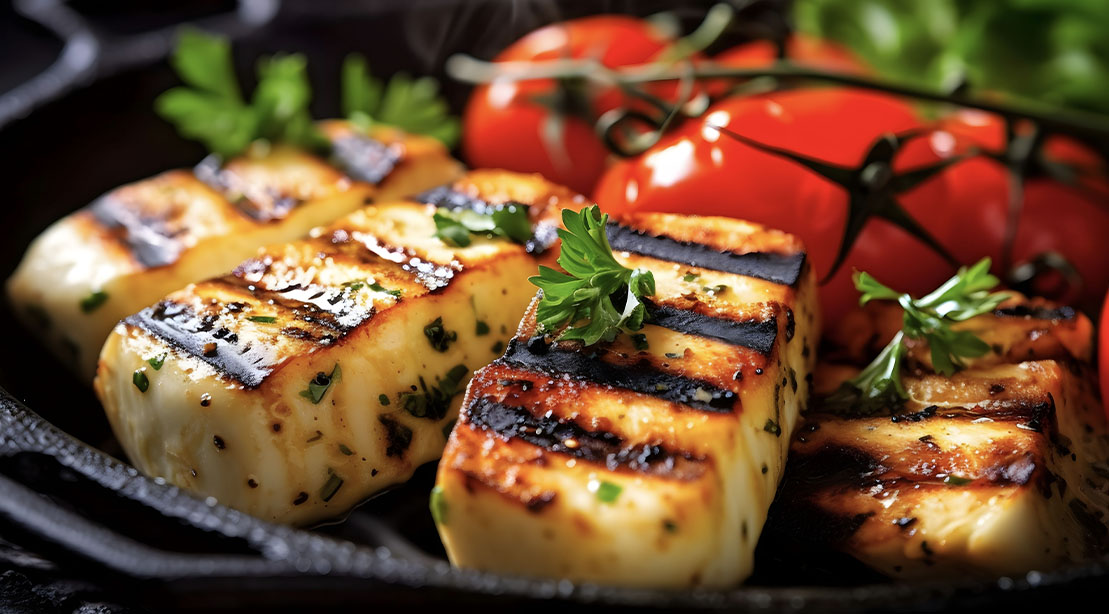
Halloumi
The literal grilled cheese. Salty and squeaky halloumi is a brick of semi-hard cheese originally hailing from Cyprus that is traditionally made with a combo of sheep and goat milk. Its superpower is the ability to withstand melting into cheese soup when spending time on the scorching hot grill. Instead, the outside becomes imbued with crispy pieces while the inside turns velvety. That’s code for major deliciousness. And your pecs will appreciate its protein prowess—about 6 ounces in each ounce serving, or nearly the same amount you get from significantly more boring chicken breast.
That makes it more dense in the muscle-making macro than most other cheese options. It’s fairly salty, so I most enjoy grilling halloumi after a particularly sweaty workout—post-training comfort food, if you will. Typically, this fire-retardant cheese is the most available and least expensive when purchased from Middle Eastern or Greek grocers, but you can also find a package of halloumi at many regular supermarkets.
How To Grill Halloumi
Upend a block of halloumi and slice lengthwise into 2 slabs. Brush with oil (go ahead and grease the grill grate as well for extra no-stick protection) and heat until grill marks appear on both sides, 1 to 2 minutes per side. Or cut the cheese into 1-inch chunks and skewer kebab-style. Add grilled chewy halloumi to summer salads, or treat a slab like you would a burger and stuff it between a bun with your favorite toppings. Also amazing when loaded into a warm doughy pita with tomato, red onion, lettuce, and tzatziki.
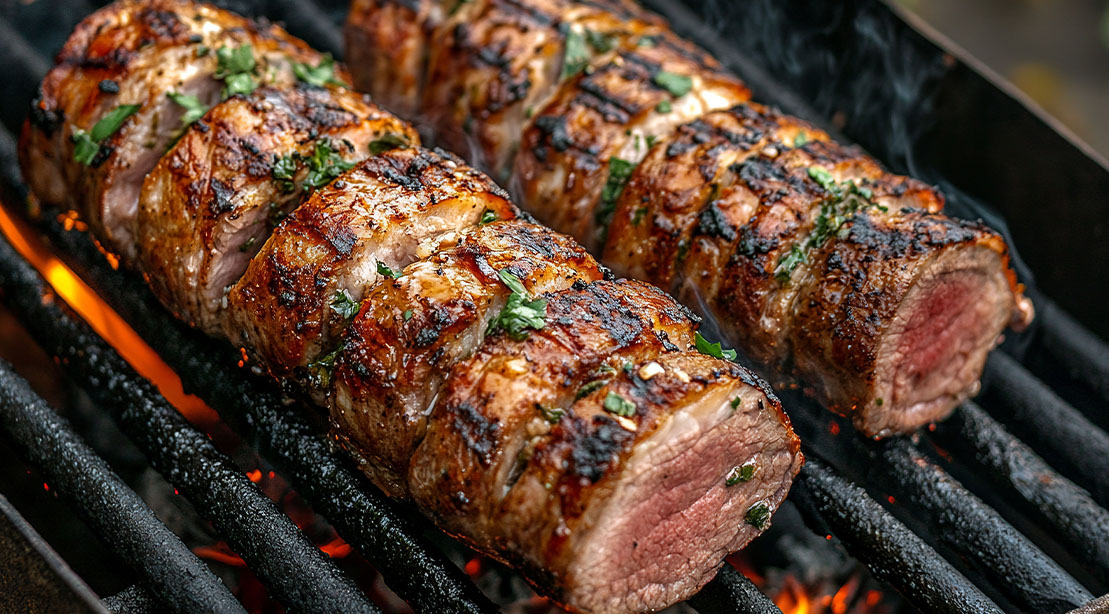
Pork Tenderloin
When you’re hunting for lean protein to slap on the grill that actually tastes good, often overlooked pork tenderloin is a good choice. The tenderloin is cut from the center of the pig just below the ribs, which is a tender cut, as long as it’s not grilled too aggressively. A 4 oz serving of the loin has 24 grams of protein and just a single gram of saturated fat. That is a ratio that few cuts of beef can approach.
You also get a handful of important micronutrients including zinc, selenium, and vitamin B12. Another selling point should be that “the other white meat” costs less per pound than most steaks and chicken breast. After all, aren’t we all looking for a few bargains in the increasingly expensive grocery store?
How To Grill Pork Tenderloin
Pork tenderloin is very customizable. You can flavor it any way you like with marinades or rubs. It’s best to grill pork tenderloin using the indirect grilling method and letting it rest off the grill to maximize juiciness. Preheat the grill on high for 10 to 15 minutes. Turn off the burner directly below where you will place the meat. Adjust burner controls to medium-high heat.
Place the seasoned meat on the grill over the turned-off burner, cover the grill and cook a ¾- to 1-pound tenderloin for 30 to 35 minutes or until it registers 145°F on an instant-read thermometer. Turn once halfway through grilling time. Remove meat from grill, cover loosely with foil and allow to stand 10 minutes before slicing and serving. Resting meat after grilling allows its fibers to relax, redistributing and reabsorbing juices for a more flavorful bite.
High-Protein Foods That Are Great for Grilling: Top 4 Under-the Radar, Read More »
